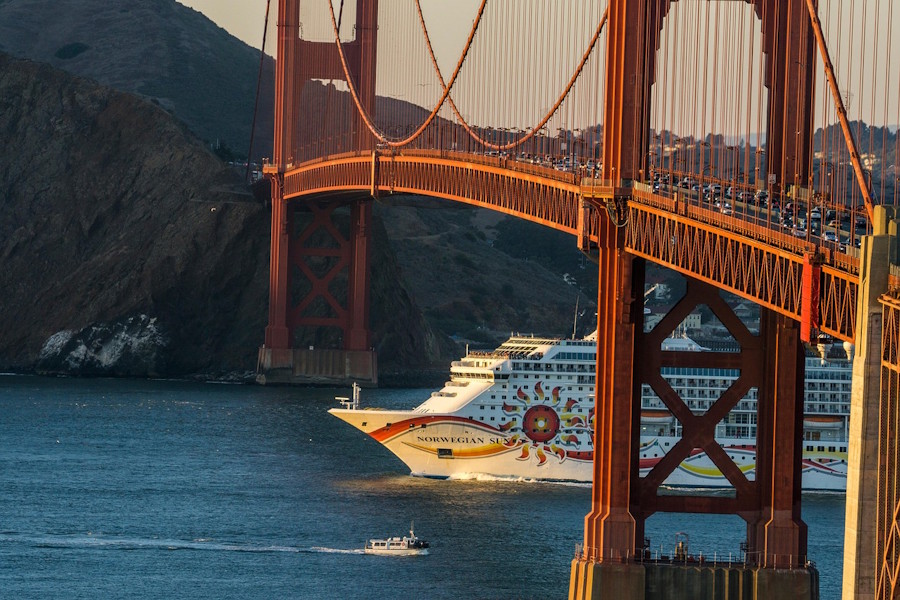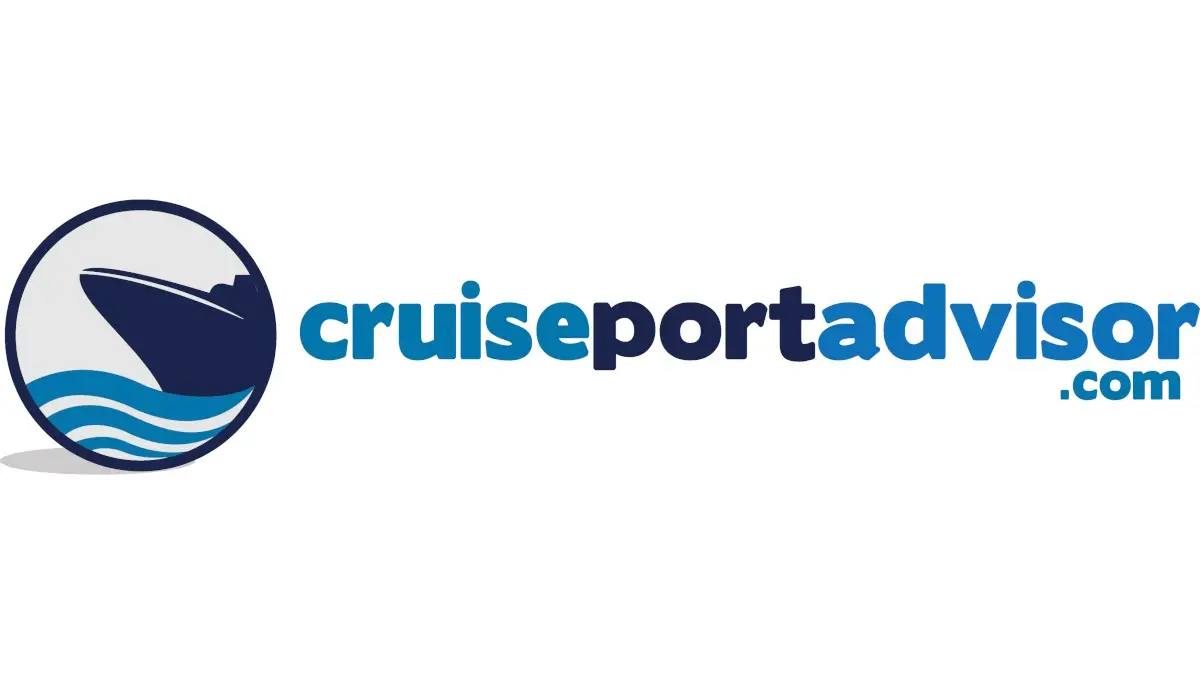Home » Are cruises safe?
Are cruises safe?
Updated May 6th, 2025
Determining if cruises are safe depends on your risk tolerance in general. For most people, cruises are considered safe, but that’s not to say that bad things can’t happen. Weather events, mechanical issues or issues with “bad” people exist whereever you go, which does include cruises.
Ensuring Safety on Cruise Ships: A Comprehensive Approach
Cruise ships, often described as floating sanctuaries of luxury and adventure, prioritize passenger safety through robust systems and stringent regulations.
These vessels are designed to provide a secure environment for thousands of travelers.
Governed by international standards and equipped with advanced technology, cruise lines like Royal Caribbean, Norwegian Cruise Line, and Cunard ensure safety is woven into every aspect of the journey.
This article explores the safety measures, from navigation to onboard security, health protocols, and passenger tips, allowing travelers to enjoy their voyage with confidence.
If you are a first time cruiser, rest assured that you are not the first potential passenger to want to know: Can cruise ships tip over or sink?
Navigating Safely at Sea
Cruise ships rely on advanced navigation systems to ensure safe travel. Modern vessels are equipped with radar, satellite technology, and GPS to detect hazards like other ships, icebergs, or shallow waters.
These systems allow captains to navigate challenging routes, such as narrow fjords or busy shipping lanes.
Regular maintenance and real-time monitoring ensure equipment reliability. In extreme weather, such as hurricanes or storms, ships may change course or adjust itineraries to prioritize safety.
While itinerary changes can disappoint passengers, they reflect the cruise line’s commitment to avoiding risks.
The International Convention for the Safety of Life at Sea (SOLAS) sets global standards for ship safety. It mandates regular inspections, crew training, and equipment checks.
Cruise lines comply with these rules, ensuring vessels are prepared for any scenario, from rough seas to mechanical issues.
Coordination with coast guards and port authorities provides additional support if assistance is needed.
Mandatory Safety Drills
Safety drills are a cornerstone of cruise ship preparedness. Before departure, all passengers must attend a muster drill, a mandatory briefing on emergency procedures.
These drills familiarize guests with lifeboat locations, life jacket use, and evacuation routes.
Crew members guide passengers to their assigned muster stations, ensuring everyone knows where to go in an emergency. The drills are brief but critical, providing peace of mind for unlikely scenarios like evacuations.
Passengers should pay close attention during muster drills. Knowing the location of life jackets, typically stored in cabins or on deck, and understanding crew instructions can be lifesaving.
Some ships use digital tools, like apps or cabin TVs, to supplement in-person drills, reinforcing key information. Taking these drills seriously ensures readiness for any situation.
Onboard Security Measures
Cruise ships maintain robust security to protect passengers and crew. Trained security teams, often with law enforcement or military backgrounds, monitor the vessel 24/7.
Surveillance cameras cover public areas, such as dining halls, pools, and corridors, deterring misconduct and aiding investigations if incidents occur.
Keycard systems restrict access to passenger cabins and crew-only zones, ensuring privacy and safety.
The Cruise Lines International Association (CLIA) has established a Passenger Bill of Rights, outlining protections like safe travel conditions and emergency assistance.
Strict policies also prohibit certain items, such as weapons or flammable materials, to maintain a secure environment.
Security teams conduct bag checks at embarkation and monitor ports to prevent unauthorized items from coming aboard.
Health and Sanitation Protocols
Health safety is a priority, especially in the close quarters of a cruise ship. Modern vessels feature onboard medical facilities staffed by qualified doctors and nurses.
These clinics handle minor issues like colds or seasickness and are equipped for emergencies, such as fractures or heart conditions.
Rapid-response protocols address illness outbreaks, with isolation cabins available if needed.
Enhanced sanitation measures, like frequent cleaning of high-touch surfaces, ensure a hygienic environment.
Passengers feeling unwell should contact the medical team promptly. Symptoms like difficulty breathing or persistent nausea warrant a visit to the onboard clinic rather than waiting it out.
Most ships provide 24/7 medical hotlines for easy access. These measures, refined through industry advancements, create a clean and safe setting for dining, lounging, or exploring onboard.
Fire Safety and Structural Integrity
Fire safety is a critical focus, given the potential risks at sea. Cruise ships are designed with fire-resistant materials, such as non-combustible walls and furniture, to contain fires.
Automatic sprinkler systems and smoke detectors are installed throughout, with regular maintenance to ensure functionality.
Crew members undergo rigorous fire response training, conducting drills to practice containment and evacuation.
Watertight compartments enhance the ship’s structural integrity, preventing flooding in case of a breach. Redundant systems, like backup generators and navigation tools, ensure operations continue during mechanical issues.
Lifeboats and life rafts, sufficient for all passengers and crew, exceed SOLAS requirements.
These are meticulously maintained, with regular inspections to guarantee readiness.
Crew Screening and Training
A trustworthy workforce is essential for safety. Cruise lines conduct thorough background checks on crew members, from servers to engineers, to ensure reliability.
Training programs cover emergency response, customer service, and safety protocols.
For example, crew members learn to operate lifeboats, use fire extinguishers, and assist passengers during evacuations. This preparation fosters a secure atmosphere, allowing guests to relax with confidence.
Handling Rare Incidents
Incidents at sea, such as extreme weather or mechanical failures, are rare but carefully managed.
Captains may reroute ships to avoid storms or hurricanes, prioritizing passenger safety over itinerary plans.
In case of mechanical issues, onboard engineers address problems swiftly, with backup systems in place. If external help is needed, cruise lines coordinate with coast guards or nearby vessels for assistance.
These contingencies ensure incidents are resolved without compromising safety.
Passenger Tips for Staying Safe
Passengers play a role in their own safety by following onboard guidelines and using common sense. Here are practical tips to enhance your cruise experience:
- Drink Responsibly: Excessive alcohol can lead to poor decisions, such as fights, unsafe behavior, or risky dares. Avoid leaning over balconies or engaging with strangers in compromising situations after drinking.
- Secure Valuables: Use the cabin safe, typically activated with a credit card, to store cash, jewelry, or passports. Avoid displaying large amounts of money or expensive items in public areas like the casino.
- Pay Attention During Muster Drills: Take drills seriously to learn life jacket locations and emergency procedures. Knowing your muster station and crew instructions is crucial.
- Report Health Issues Promptly: If you feel unwell beyond minor symptoms, stay in your cabin and contact the medical team. Early reporting prevents the spread of illness and ensures proper care.
- Stay Aware in Ports: During shore excursions, stick to reputable tours and be mindful of your surroundings. Keep valuables secure and avoid isolated areas.
Choosing a Safe Cruise Line
Selecting a reputable cruise line enhances safety. Companies like Royal Caribbean, Norwegian, and Cunard have strong safety records, investing in advanced technology and crew training.
Before booking, check the cruise line’s safety policies on their website. CLIA’s Passenger Bill of Rights provides additional reassurance, outlining commitments to safe travel. Reading reviews on platforms like X can offer insights into real passenger experiences with safety protocols.
The Role of Technology in Safety
Technology plays a key role in cruise ship safety. Facial recognition systems, used on ships like Royal Caribbean’s Icon of the Seas, enhance security by identifying individuals in real time.
Digital wristbands or keycards track passenger movements, aiding in emergencies. Weather monitoring systems provide real-time data, allowing captains to avoid dangerous conditions. These innovations, combined with human expertise, create a secure environment for all.
The Verdict: Safety First for a Worry-Free Cruise
Cruise ships are designed with safety as a top priority, governed by international standards like SOLAS and supported by advanced technology. Navigation systems, security teams, health protocols, and fire safety measures ensure a secure environment.
Lifeboats, watertight compartments, and crew training prepare ships for rare contingencies. Passengers can enhance their safety by following guidelines, securing valuables, and choosing reputable cruise lines. With these measures in place, travelers can focus on enjoying exotic destinations, gourmet cuisine, and ocean sunsets, knowing safety is seamlessly integrated into the cruise experience.
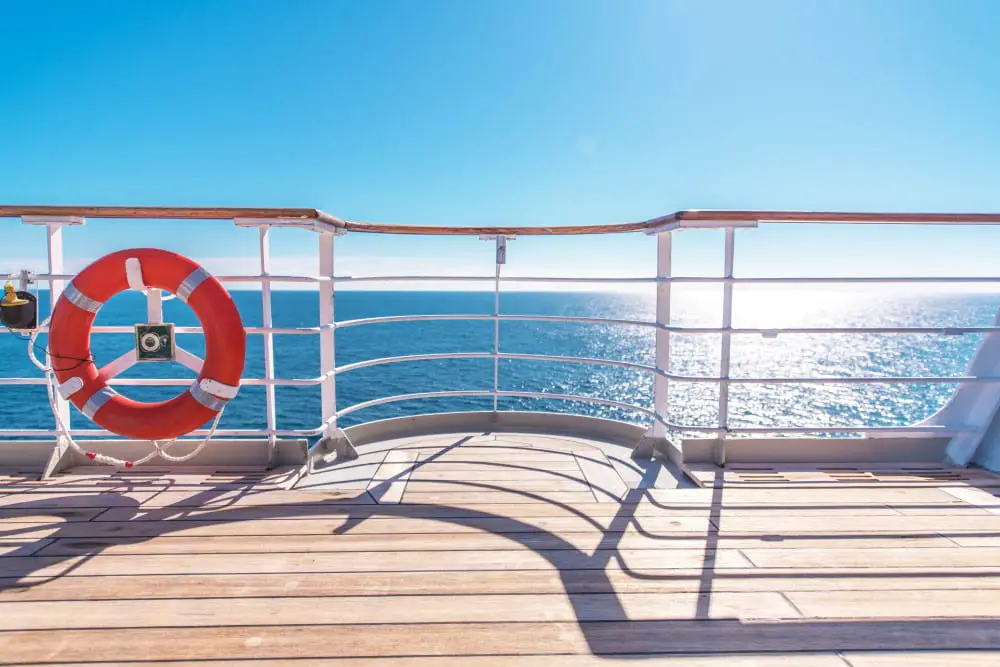
In times of inclement weather, like hurricanes, a captain and his officers are very aware of what is coming and how to avoid the worst of it. This could mean changing course, or even itineraries. While this can be disappointing, it’s to ensure passenger safety.
However, since cruise ships are like floating cities, with some carrying as many as 5000 passengers, things can happen.
Here are a few tips to stay safe on your next cruise:
- Drink responsibly. Bad decisions can be made while someone is really intoxicated and it can have repercussions. Fights can break out, invitations can be accepted to get a little too close to strangers (if you know what I mean), and dares can be made which can lead to injury or death. You don’t really want to be acting like you’re the “king of the world” on your balcony if you’ve had way too much to drink.
- Keep your valuables in your room safe. Most of the time these safes are activated with, and opened only with, your credit card. Don’t be flashing wads of cash while in the casino, or wandering around with thousands of dollars worth of jewelry, when it could be kept in your room safe (or better yet – left at home).
- Pay attention during the muster drill. If you’ve taken a cruise before, you know that most people think having to attend the muster drill is a drag. However, it gives very valuable information for what to do in an emergency. Don’t wait something to happen to realize you should have paid attention. Know where your life jackets are located (in your cabin, or on deck) and listen to instructions from the crew.
- If you feel unwell, stay in your room and contact the medical staff on the ship if your symptoms are beyond normal. It’s common for people to have cold symptoms on a cruise, but if you have a hard time breathing or keeping down food, contact the medical team on your cruise ship.
RECENT POSTS

Discover the Cruise Ports of Eastern Canada & Quebec
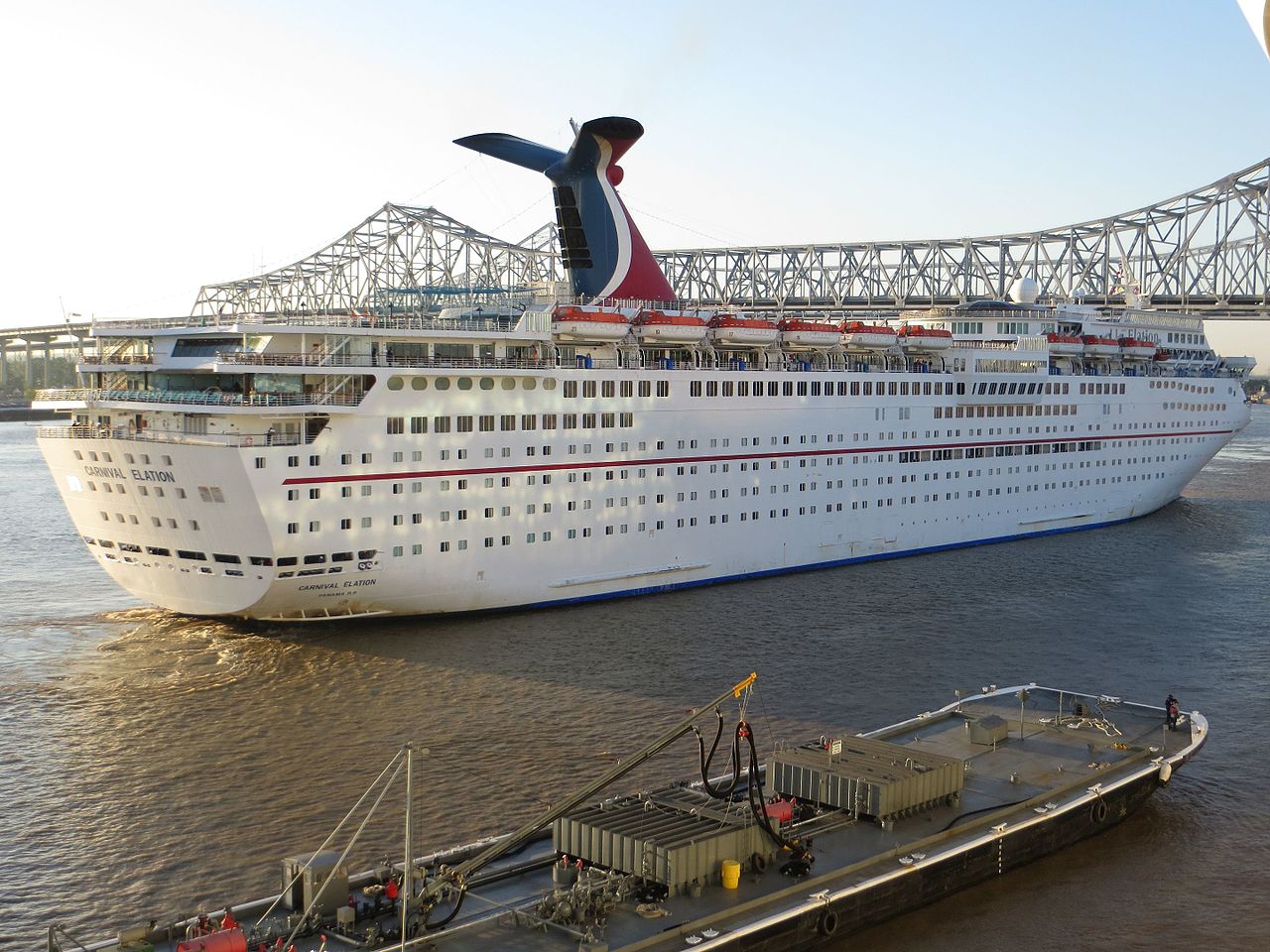
Inside the Worst Cruise Lines: Lowest-Rated Ships and Why They Disappoint
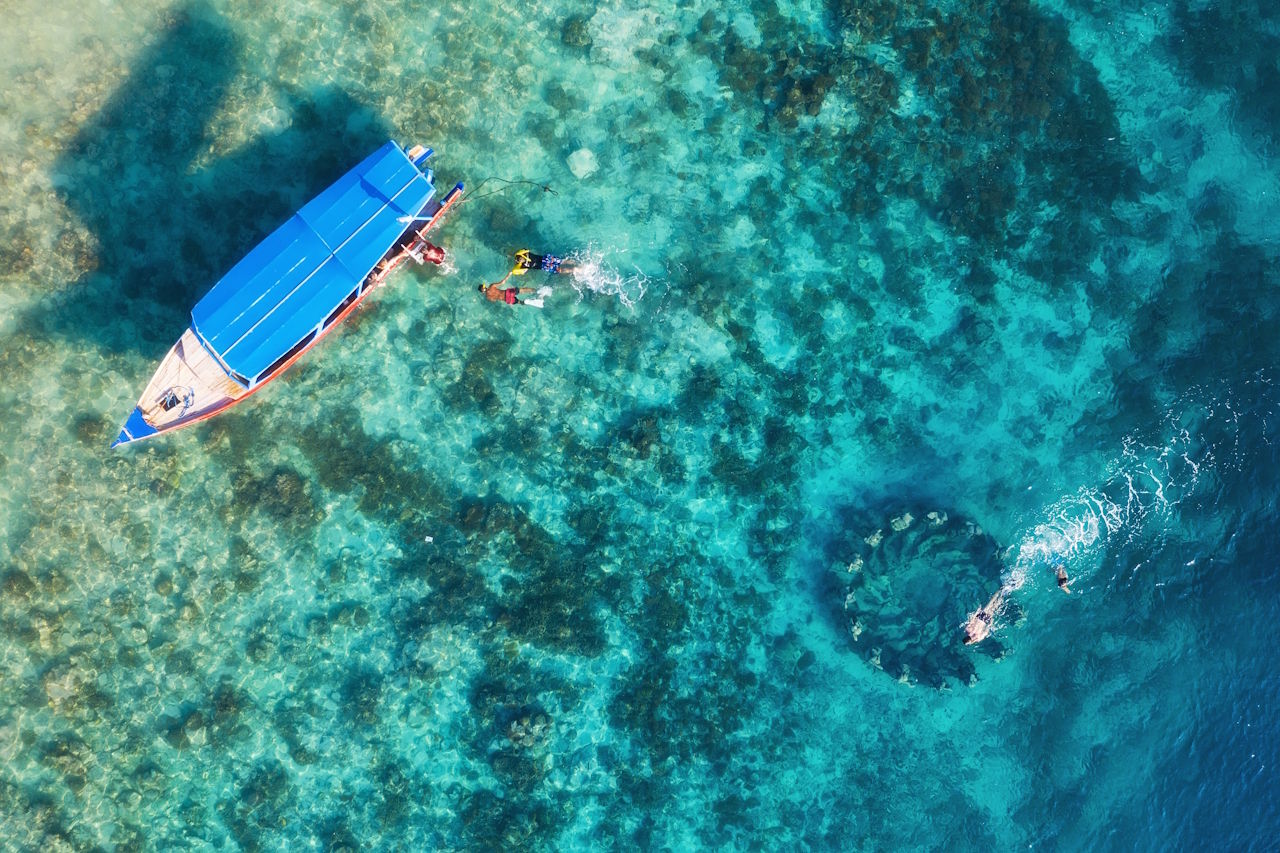
Snorkeling in Cozumel: A Cruise Passenger’s Guide for Your Port Day
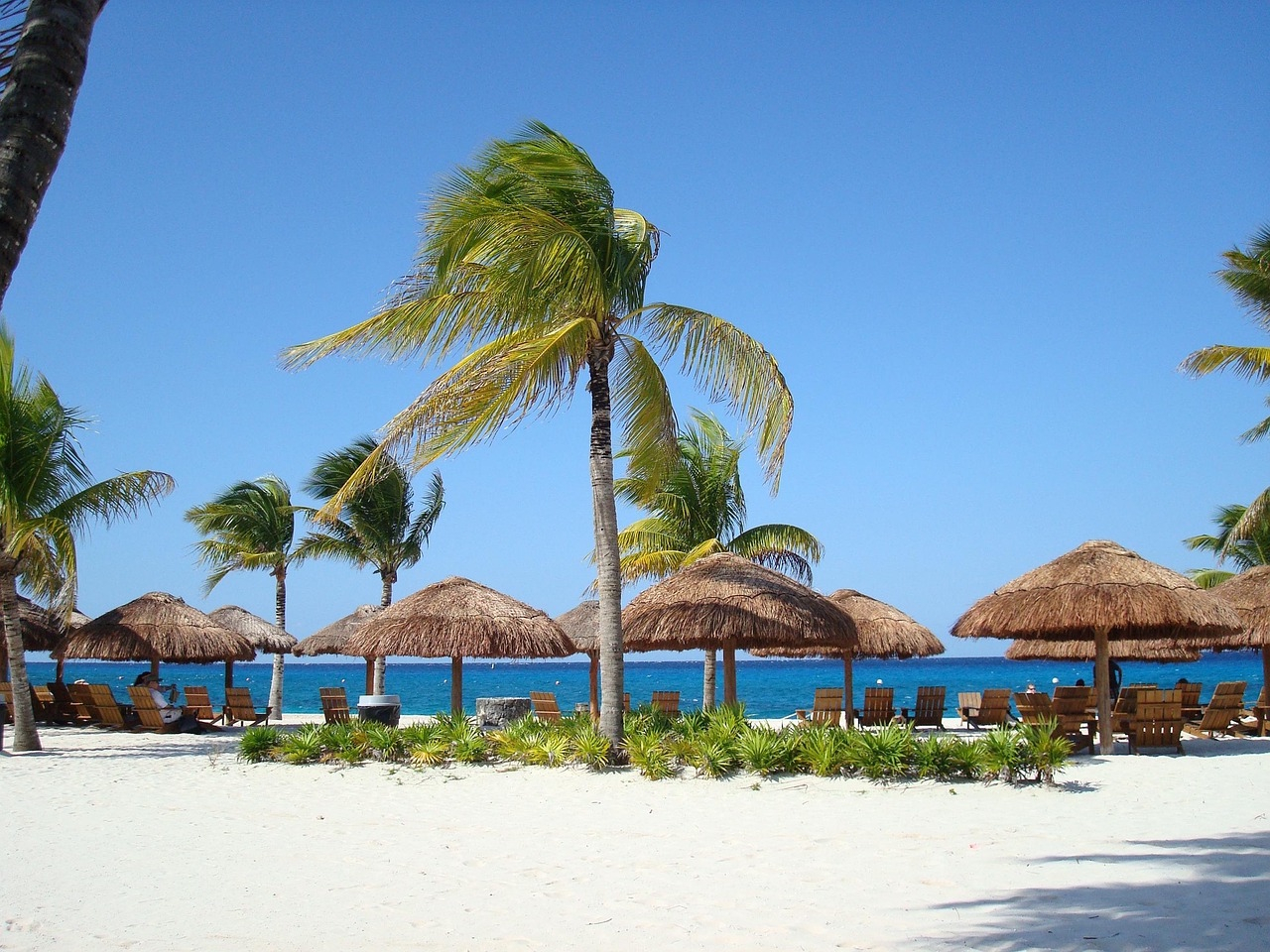
How to Make the Most of a Short Port Stop in Cozumel
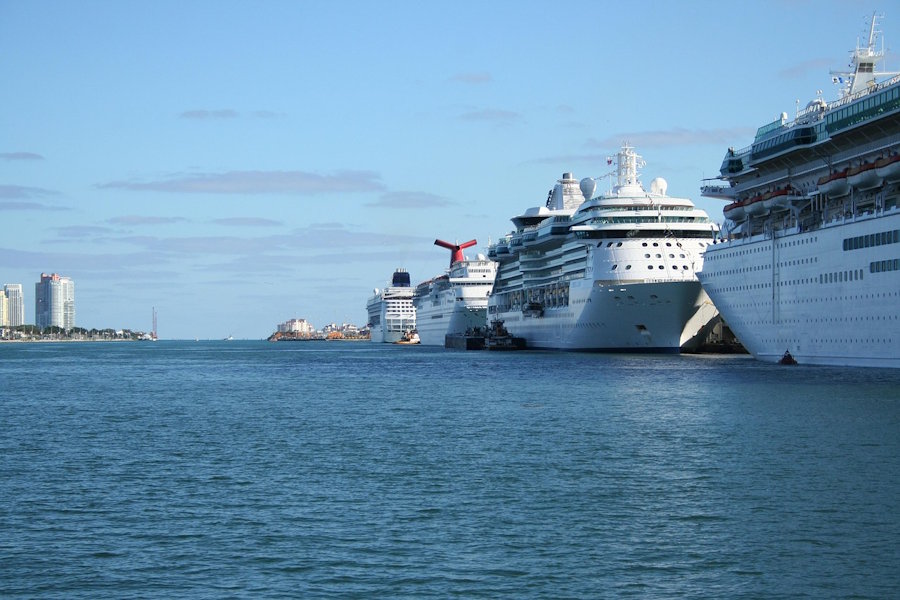
Cruise Ship Ports in Florida
